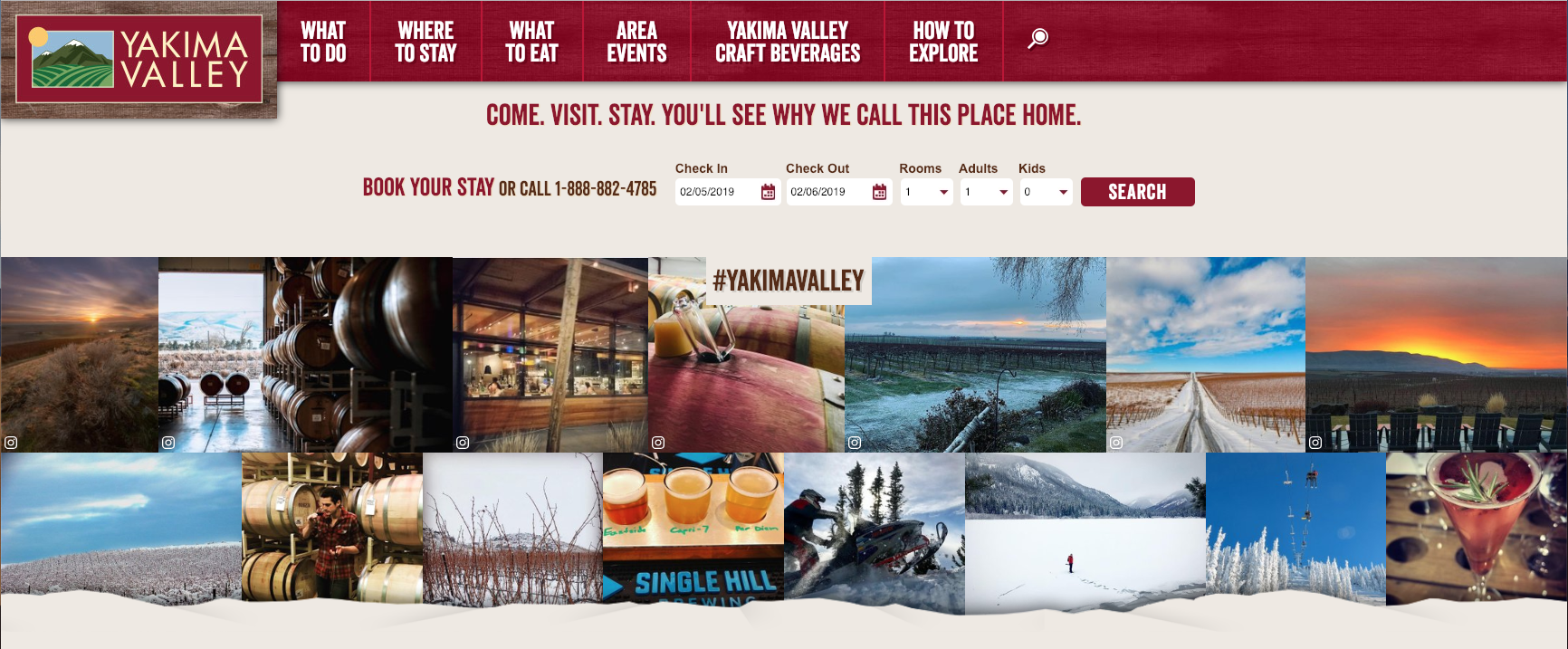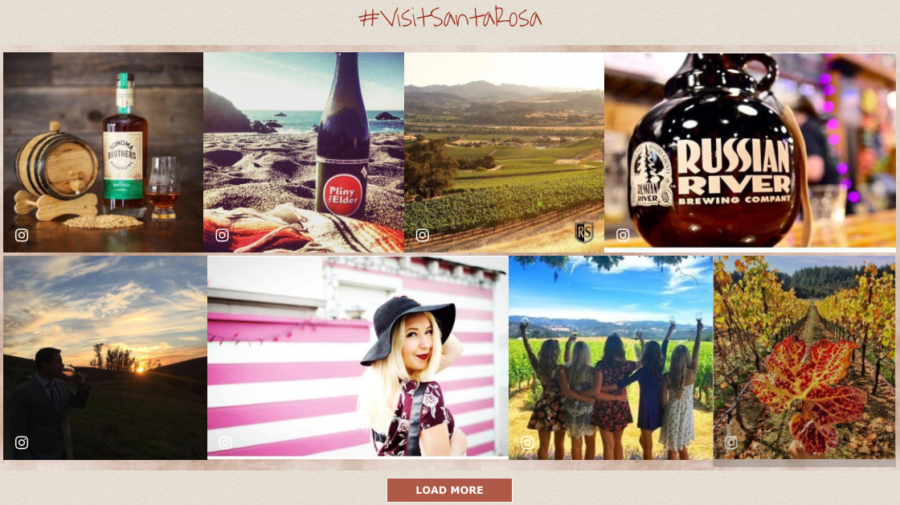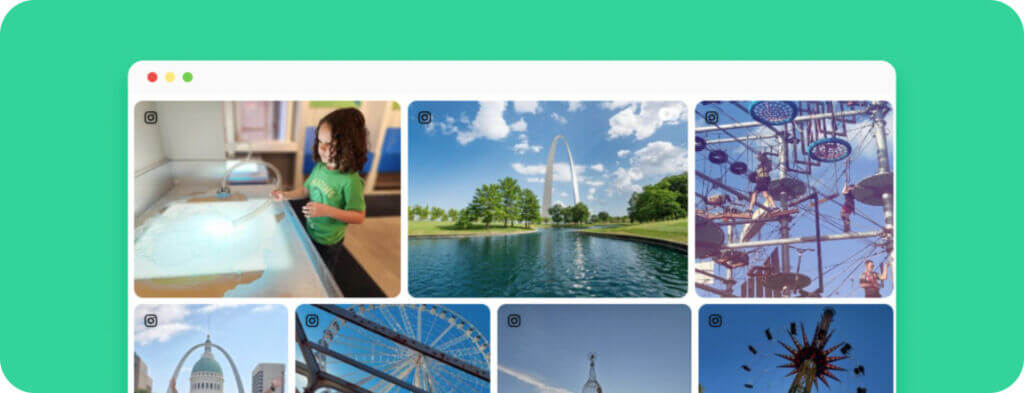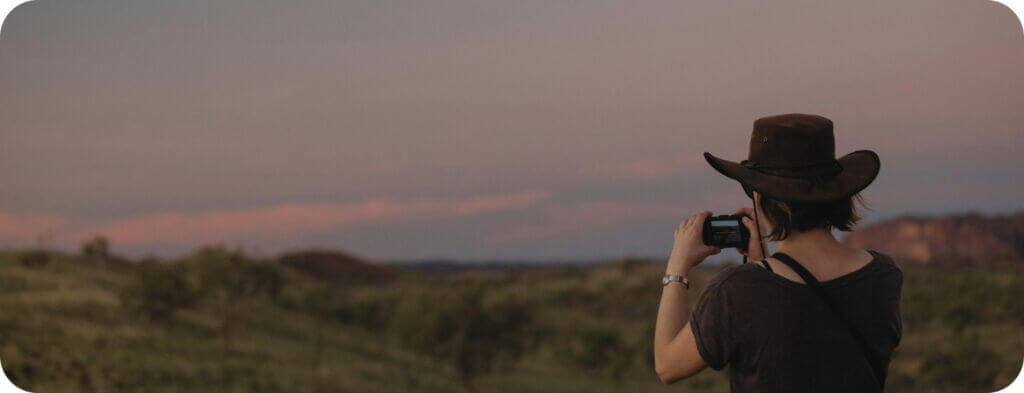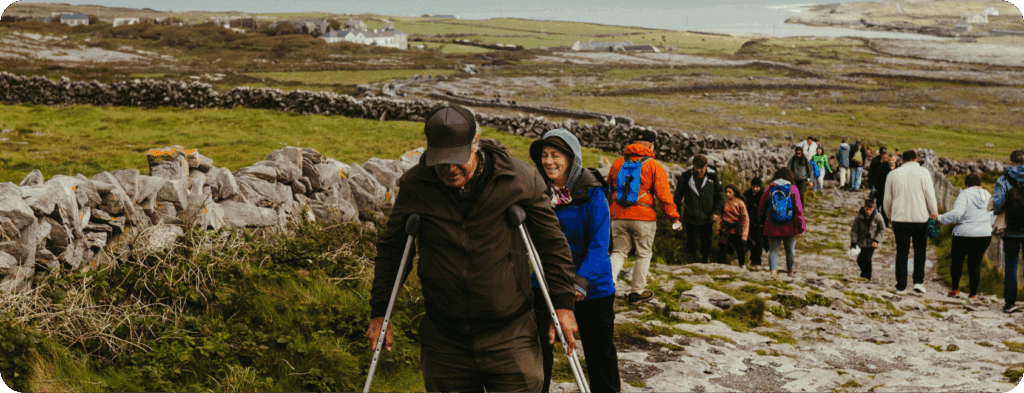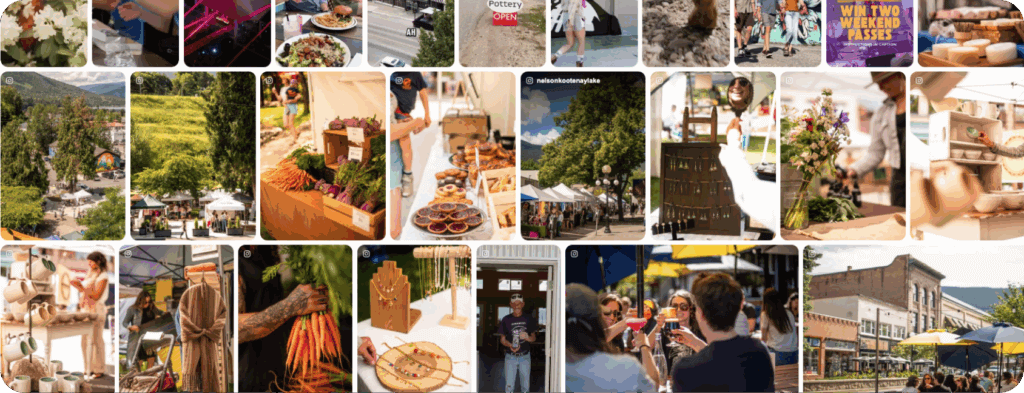
In the mission of inspiring visitors to come to your destination, your MVP is visual influence.
Your website not only has to have enough visual content, but the right kind too.
You want your visuals to capture the diverse experiences people have, and of course stay relevant with the seasons and times. They should also be aspirational enough to inspire, and authentic enough to be trustworthy.
If that sounds tough to you, we totally understand, and it’s why we made CrowdRiff to ease the process.
CrowdRiff is a key player in over 500 DMO and tourism brands’ visual influence strategies. We make it easy for destinations to find the photos and videos their visitors have taken (also known as user-generated content), and integrate them seamlessly (and painlessly) into their websites.
Take a look: here are 5 ways destinations are using CrowdRiff to create fantastic website experiences.
1 | Winning the First Impression with an Engaging User Experience
It only takes 50 milliseconds for users to form a first impression of a website. What’s the first thing your web visitors see?
Yakima Valley Tourism gives its website visitors an immersive visual experience, as soon as they land on the homepage.
The entire page is an interactive gallery of user-generated photos, powered by CrowdRiff.
When something catches their eye, they can click into each photo and see the original owner of the photo, along with its caption, geolocation, and hashtags.
Other destinations, like Santa Rosa, feature galleries as expandable elements on their homepage.
DMOs are featuring the most inspiring photos from visitors right on their homepage. Enhance your website’s most visited page with beautiful images that show travellers what your destination is like through the lens of a peer.
2 | Showing (instead of Telling) Things to Do in their Destinations
Destinations use CrowdRiff to show tourists places they can go and things they can do at their destination.
For example, Visit Santa Clarita has a section of their website that showcases 50 free things to do there (because who doesn’t love free stuff?), which used to be a text page. Now, they’ve embedded a dynamic gallery of user-generated photos, so they can show people (as well as tell them), how going to Santa Clarita can be super affordable as well as fun.
Visit Saint Paul (below) also has an inventive way of showing off attractions at their destination. On their Museums & History page, they’ve embedded a CrowdRiff gallery in the sidebar, so that while people are reading about different museums, they have user-generated photos to look at too.

3 | Promoting Local Businesses and Travel Partners
Hammock Coast turns photos within their galleries into buttons, using CrowdRiff’s CTA feature.
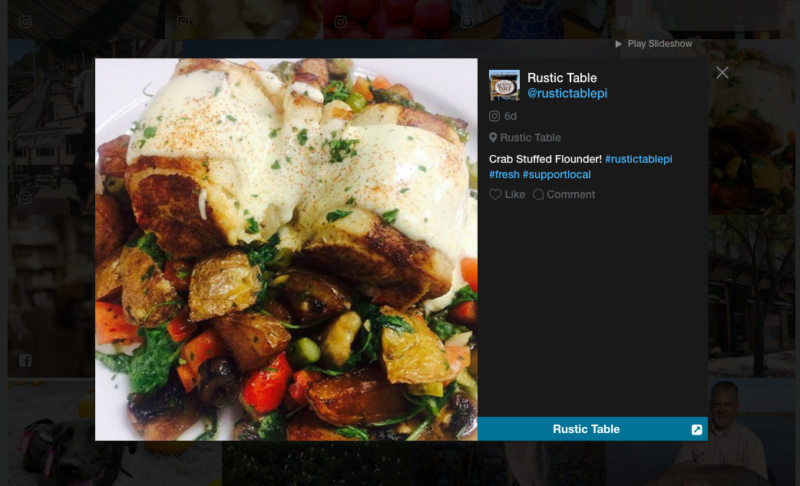
When someone sees something delicious in a photo, and wants to know where they can go to get it, CTAs give them a link to the restaurant. That means that not only do interested users get actionable inspiration, but the local businesses get a boost in traffic to their sites.
With this feature, Hammock Coast has been able to redirect 20% of their web traffic to their partners.
4 | Curating Images to Power Social Hubs
Destinations use CrowdRiff’s visual marketing platform to track photos shared in their destination.
Some DMOs like St. Pete/Clearwater and Destination Cleveland create “social hubs” on their websites specifically to showcase these user-generated photos.

These social hubs bring more attention to the DMO hashtags, and encourage the community to share more user-generated content.
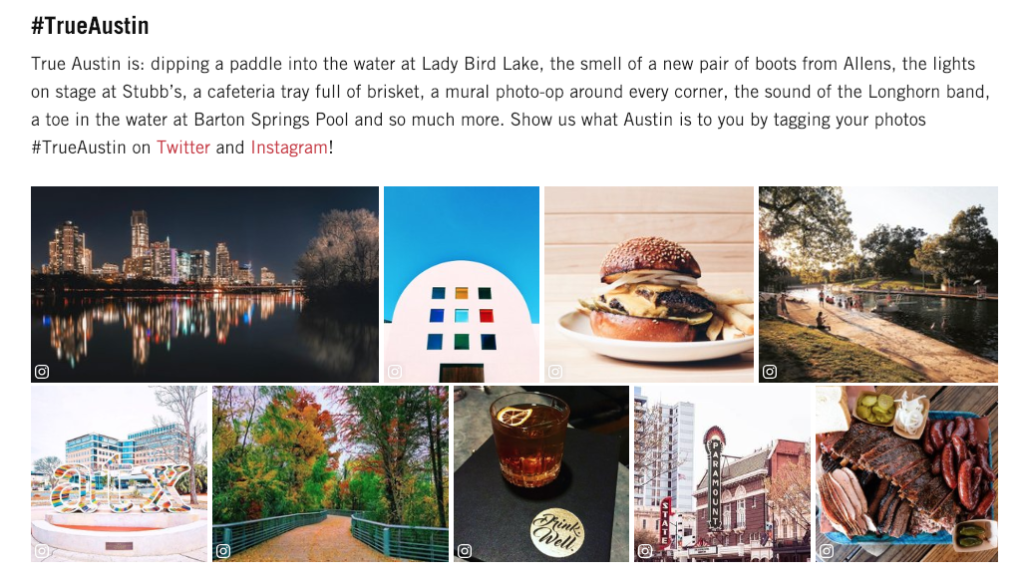
Plus, 50% of millennials trust user-generated content more than other media, so having an area dedicated to visitor photos lets website users freely browse and become inspired through the experiences UGC illustrates.
5 | Livening up Blog Visuals
Some creative DMOs add CrowdRiff galleries inside their blog posts, like Travel Manitoba in their top museums blog post:
Having visuals in blog content makes it so much easier to read. And in fact, content with relevant images gets 94% more views.
Travel Manitoba doesn’t have to painstakingly comb through their photo archives to find enough visual content — they can (and do) reach into their pool of user-generated photos, and incorporate galleries into their posts.
This blog post we’ve shown contains no less than 36 images. (That’s right — we counted.)
User-Generated Content improves Site Performance
By finding and using UGC with CrowdRiff, DMOs have seen a 4x increase in time on site, and spend 90% less time searching for visuals. Keep your website relevant to today’s travelers with dynamic visual galleries that make a great first impression and keep visitors on your site.
Read our eBook on keeping tourism websites relevant for some helpful tips, tricks and examples.
Header image creds: @randelledavis
